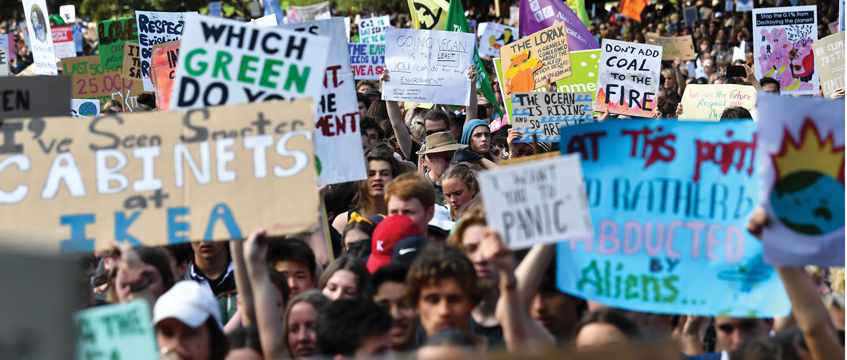Since the pre-industrial era the earth has warmed by around 1°C, signalling a departure from the mild climate of the last 10,000 years in which agriculture and human civilisations have developed and thrived.
As a result of this 1°C change we are cumulatively experiencing record increases in hurricanes, cyclones, droughts and floods. The destabilising effects of climate change and industrialisation of land on agriculture has driven many people to urban environments around the world – it helped cities prosper in the short term, but the costs are now coming.
It feels that climate change is too often looked at from the larger asset and city and existential perspective, but we have to assess what changes in our climate mean to the day-to-day lives of people; the ones who use office buildings, go to the shops, and arrange logistics behind the scenes. Without creating human resiliency strategies a portfolio’s 2050 net zero program becomes rather redundant. It’s no good having the best ivory tower if people have to wade through an urban Mordor to reach it – Frodo and Sam were exceptions to the norm. Real estate needs to plan for the norm.
If an office building takes its name from the function of people performing official work, is an empty office building still an office building? If people are unable to reach that office building then is it still a valuable asset? Does it still have purpose? Covid-19 was a test run on the types of disruption our built environment will face from climate change, and it’s fair to call it a failure.
This begs the question: is resiliency in commercial real estate about the real estate or protecting the urban ecosystem it relies on? By posing the question this way, you know my answer.
Real estate’s dilemma
At talks I give I typically ask the audience to name the nearest public loos or water fountain. I’m typically met with a room full of faces scrambling to the backs of their minds. The fact the delay exists shows that this loss of the commons sits at the heart of our collective problem.
The dilemma for real estate and climate change is not energy consumption and structural resilience, it’s what happens within the commons. As the concentration of carbon dioxide in our atmosphere, as of May 2020, is the highest it has been in human history, a temperature increase of 2°C is clearly still possible. So too is the possibility of the UK becoming more exposed to accessing urban areas as a result of sudden floods, extreme winds or infrastructure breakdown. Equally, urban heat island effect means that London’s temperature could rise upwards of 5.9°C by 2050, making it a near impossible place to be.
Climate change should not be seen as an asset problem but a human one. If, as predicted, by 2050 London will have a similar climate to Barcelona, how can it have a bio-sensitive environment designed around shade, ecology and health to prevent illness, bacteria development, and risk of death? And how will we address Barcelona’s current climate problems, where many cherished squares are redundant for hours each day due to extreme heat on their hard infrastructure?
A human problem
By addressing climate change as a human problem, perspectives change and opportunities arise. Could landlords and operators have had closer relationships with their tenants? Could the office, home or retail outlet only be one part of a broader relationship focused on business or personal optimisation? When renting disk space from the website builder Squarespace I’m offered a number of verticals to enable my business to thrive; marketing, storage, and online transactions, for example. Should one service go down or not be of importance, others compensate.
Real estate has shown its fragility to shocks, surviving by the nature of unbreakable contracts alone. With the future unknown but certain to offer challenges to our norms, how does real estate become “antifragile” as Nassim Nicholas Taleb famously says?
I would say by fundamentally changing its relationship with the infrastructure that supports and enables it – the commons.











